Home>Garden Essentials>How Long To Keep Grass Mat On
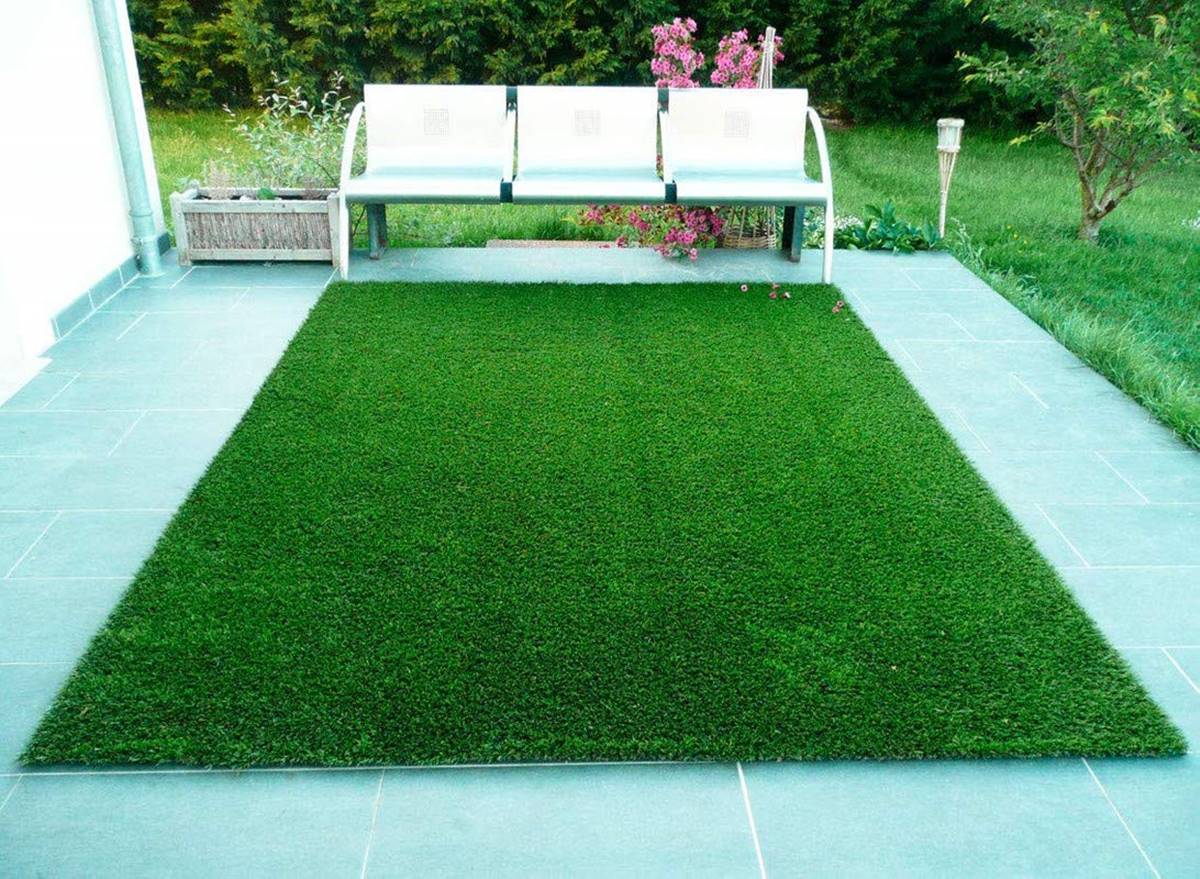

Garden Essentials
How Long To Keep Grass Mat On
Modified: October 18, 2024
Discover how long you should keep a grass mat on your garden for optimal results. Find expert advice and tips on maintaining a healthy garden.
(Many of the links in this article redirect to a specific reviewed product. Your purchase of these products through affiliate links helps to generate commission for Storables.com, at no extra cost. Learn more)
Introduction
Welcome to our comprehensive guide on how long to keep a grass mat on your garden. Using grass mats has become a popular choice for many gardeners due to their numerous benefits. Whether you’re looking to protect your lawn from harsh weather conditions, control weed growth, or simply add a decorative touch to your outdoor space, grass mats can be a valuable addition to your garden arsenal.
In this article, we will delve into the different factors you need to consider when deciding how long to keep a grass mat on. We will also discuss the recommended duration for keeping the grass mat on and provide you with signs that indicate it’s time to remove the mat. Additionally, we will explore proper maintenance practices to ensure your grass mat stays in good condition.
So, if you’re ready to learn all about grass mats and their optimal usage, let’s get started!
Key Takeaways:
- Grass mats offer benefits like weed control and erosion prevention, but factors like seasonal changes and lawn health determine how long to keep them on. Regular maintenance ensures their effectiveness and longevity.
- Signs like poor grass growth and yellowing indicate it’s time to remove the grass mat. Proper maintenance, including cleaning and weed control, helps keep the mat in optimal condition for a thriving garden.
Read more: How To Lay Grass Mats
Benefits of Using a Grass Mat
Grass mats offer a range of benefits for gardeners of all skill levels. Here are some of the key advantages:
- Weed Control: One of the main advantages of using a grass mat is its ability to suppress weed growth. The tightly woven structure of the mat forms a barrier that prevents weeds from germinating and spreading in your garden, reducing the need for frequent weeding.
- Erosion Prevention: If you have areas in your garden that are prone to soil erosion, a grass mat can help stabilize the soil and reduce the risk of erosion. The mat acts as a protective layer, holding the topsoil in place and preventing it from being washed away by heavy rain or wind.
- Protection from Harsh Weather: Extreme weather conditions, such as frost, snow, or heavy rainfall, can damage your lawn. By laying down a grass mat, you create a protective barrier that shields your grass from these elements, minimizing the risk of damage and promoting healthier growth.
- Enhanced Aesthetics: Grass mats come in various colors and textures, allowing you to customize the look of your garden. You can choose a mat that closely resembles natural grass or opt for a vibrant color that adds an eye-catching statement to your outdoor space.
- Safer Play Surface: If you have children or pets who love spending time in the garden, a grass mat can provide them with a safe and soft playing surface. The cushioning effect of the mat can minimize the impact of falls, reducing the risk of injuries.
- Quick and Easy Installation: Installing a grass mat is a straightforward process that requires minimal effort. You can lay it directly onto the ground, making it a convenient option for homeowners who want to transform their lawn quickly.
- Low Maintenance: Grass mats require less maintenance compared to natural grass. You won’t have to worry about mowing, watering, or fertilizing regularly. Simply occasional cleaning and inspection are sufficient to keep your grass mat in good condition.
Now that you’re aware of the many benefits of using a grass mat, let’s move on to the next section where we will explore the factors to consider when deciding how long to keep the grass mat on.
Factors to Consider When Deciding How Long to Keep a Grass Mat On
While grass mats can provide numerous benefits to your garden, it’s essential to consider several factors when deciding how long to keep the mat on. These factors will help you determine the optimal duration for maintaining the grass mat. Here are some key considerations:
- Seasonal Changes: Different seasons can impact the condition and growth of your grass. During the warmer months, grass tends to grow faster, requiring more sunlight and oxygen. Consider removing the grass mat during spring and summer to allow your lawn to thrive naturally.
- Garden Usage: Think about how you use your garden space. If you frequently host outdoor gatherings, have children or pets playing in the area, or use it for recreational activities, you might consider keeping the grass mat on for longer periods to maintain its durability and aesthetics.
- Climate Conditions: The climate in your region plays a crucial role in determining how long you can keep the grass mat on. If you live in an area with harsh winters or heavy rainfall, it’s advisable to remove the mat before these extreme weather conditions to prevent damage and promote proper lawn growth.
- Grass Mat Quality: The quality of the grass mat can affect its longevity. Higher-quality mats are generally more durable and can withstand prolonged use. Consider investing in a premium-grade grass mat to ensure it lasts longer and maintains its aesthetic appeal.
- Health of the Lawn: Regularly inspect the condition of your lawn. If you notice signs of yellowing, excessive thatch buildup, or poor growth, it may be an indication that the grass mat needs to be removed for the lawn to recover and rejuvenate.
- Personal Preference: Ultimately, personal preference plays a vital role in determining how long you keep the grass mat on. Some gardeners prefer a more natural look and choose to remove the mat after a certain period, while others may enjoy the convenience and aesthetic appeal of the mat and keep it on for longer durations.
By considering these factors, you can make an informed decision on how long to keep the grass mat on your garden. In the next section, we will explore the recommended duration for keeping the grass mat on.
Recommended Duration for Keeping Grass Mat On
While the optimal duration for keeping a grass mat on your garden may vary depending on various factors, there are some general guidelines to consider. Here are our recommended durations for keeping a grass mat on your lawn:
- Temporary Use: If you’re using a grass mat for a specific event or as a temporary solution, such as a garden party or a temporary play area, you can keep the mat on for a short period, typically a few days to a couple of weeks.
- Seasonal Use: Many gardeners choose to use grass mats during specific seasons to enhance the appearance of their lawn. If this is your intention, consider keeping the mat on for a season, removing it once the season changes.
- Long-Term Use: If you’re looking for a more permanent solution or want to enjoy the benefits of a grass mat throughout the year, you can keep it on for longer durations. However, it’s essential to periodically assess the condition of your lawn and remove the mat if it starts to hinder proper growth.
- Rotation Method: Another approach is to use the grass mat in rotation. This involves periodically removing the mat for a few weeks or months to allow the natural grass to replenish and rejuvenate. Then, reinstall the grass mat to enjoy its benefits again.
- Consult Professional Advice: If you’re unsure about the recommended duration for keeping the grass mat on your specific lawn, considering consulting with a professional landscaper or gardening expert. They can provide personalized guidance based on your garden’s unique needs and requirements.
Remember, it’s vital to strike a balance between enjoying the benefits of the grass mat and ensuring the health and proper growth of your lawn. Regular monitoring and maintenance are crucial to maintaining a thriving garden.
Now that you have an idea of the recommended duration for keeping a grass mat on, let’s move on to the next section, where we will discuss the signs that indicate it’s time to remove the grass mat.
It is recommended to keep the grass mat on for at least 2-3 weeks to allow the seeds to germinate and the grass to establish. This will help prevent erosion and promote healthy growth.
Signs That Indicate It’s Time to Remove the Grass Mat
While grass mats offer numerous benefits, there are certain signs that indicate it’s time to remove the mat. Recognizing these signs will help you maintain a healthy and thriving lawn. Here are some indicators that it’s time to remove the grass mat:
- Poor Grass Growth: If you notice stunted or uneven grass growth underneath the grass mat, it’s a sign that the mat may be restricting proper airflow, sunlight, or nutrient absorption. Removing the mat will allow the grass to recover and grow more healthily.
- Yellowing Grass: Yellowing or browning grass can be a sign of inadequate sunlight or insufficient air circulation. If you notice the grass losing its vibrant green color, it’s time to remove the grass mat and expose the grass to natural growing conditions.
- Excessive Thatch Buildup: Thatch refers to the layer of dead grass, roots, and debris that accumulates between the grass blades and the soil. If you notice a significant buildup of thatch, it’s a sign that the grass mat may be hindering thatch decomposition. Removing the mat will allow you to address the thatch issue more effectively.
- Pest or Disease Infestation: Grass mats can create a favorable environment for pests and diseases due to moisture retention and limited ventilation. If you notice an increase in pests or signs of diseases, such as mold or fungal growth, it’s crucial to remove the grass mat promptly to prevent further damage to your lawn.
- Need for Lawn Renovation: If you’re planning to renovate your lawn with new grass seeds, fertilizers, or other lawn improvement techniques, removing the grass mat is essential. This will allow you to properly prepare the soil and implement the necessary renovation steps without any hindrance.
- Overcrowding of Grass Blades: Grass that grows densely and overcrowds can lead to poor airflow and increased chances of disease development. If you notice the grass mat causing overcrowding, it’s time to remove it and thin out the grass to promote better growth.
By paying attention to these signs, you can ensure the health and vitality of your lawn. Regularly monitor your grass and take action accordingly.
In the next section, we will discuss the proper maintenance practices for a grass mat to keep it in optimal condition.
Read more: How To Keep Floor Mat From Sliding
Proper Maintenance for a Grass Mat
Maintaining your grass mat is essential to ensure its longevity and effectiveness. Here are some key maintenance practices to keep your grass mat in optimal condition:
- Regular Cleaning: Sweep or use a leaf blower to remove debris, fallen leaves, and grass clippings from the grass mat surface. This will help prevent the buildup of organic matter, which can promote the growth of moss or algae.
- Periodic Inspection: Regularly inspect the grass mat for any signs of damage, such as tears or frayed edges. Address any issues promptly to prevent further deterioration of the mat. If necessary, consider patching or replacing damaged sections.
- Weed Control: While the grass mat helps suppress weed growth, it’s still important to inspect for any weeds that may have managed to penetrate the mat. Remove these weeds manually to prevent them from spreading and competing with your grass.
- Proper Watering: Although grass mats require less water than natural grass, it’s still important to provide adequate moisture. Water your grass mat as needed, ensuring that the water penetrates through the mat and reaches the underlying soil.
- Adjusting for Sunlight: If you notice certain areas of the lawn experiencing excessive shade due to the grass mat, consider lifting or repositioning the mat occasionally to allow sunlight to reach those shaded areas. This will help maintain uniform growth of the grass.
- Regular Aeration: Aerating the grass mat can help promote healthier soil and root growth. Use a garden fork or aerator shoes to create small holes in the mat, allowing for better air circulation and nutrient absorption.
- Proper Foot Traffic: Minimize heavy foot traffic on the grass mat, especially during wet or frosty conditions. Excessive pressure on the mat can cause compaction and damage. Redirect foot traffic to designated pathways or use stepping stones to protect the mat.
By implementing these maintenance practices, you can extend the lifespan of your grass mat and enjoy its benefits for a longer period. Remember to adapt the maintenance routine based on the specific needs of your lawn and the prevailing weather conditions.
Now that you’re equipped with proper maintenance knowledge, it’s time to conclude our comprehensive guide on how long to keep a grass mat on your garden.
Conclusion
Using a grass mat in your garden can provide numerous benefits, from weed control and erosion prevention to enhanced aesthetics and reduced maintenance. However, it’s important to consider various factors when deciding how long to keep the grass mat on.
Seasonal changes, garden usage, climate conditions, grass mat quality, and the health of your lawn are all factors that should be taken into account when determining the duration for keeping the grass mat on. It’s crucial to find the right balance between enjoying the benefits of the mat and ensuring the proper growth and health of your grass.
Regularly monitoring your lawn and being attentive to signs such as poor grass growth, yellowing grass, excessive thatch buildup, or pest infestations will help you determine when it’s time to remove the grass mat. Additionally, following proper maintenance practices such as regular cleaning, inspection, weed control, and adjusting for sunlight will help keep your grass mat in optimal condition.
Remember, every garden is unique, so it’s important to consider your specific needs and preferences when deciding how long to keep a grass mat on. Consulting with a professional landscaper or gardening expert can provide personalized guidance based on your garden’s requirements.
We hope that this comprehensive guide has provided you with valuable insights into the duration for keeping a grass mat on your garden and the necessary maintenance practices to ensure its longevity. Enjoy the benefits of your grass mat and create a beautiful, low-maintenance garden space!
Frequently Asked Questions about How Long To Keep Grass Mat On
Was this page helpful?
At Storables.com, we guarantee accurate and reliable information. Our content, validated by Expert Board Contributors, is crafted following stringent Editorial Policies. We're committed to providing you with well-researched, expert-backed insights for all your informational needs.
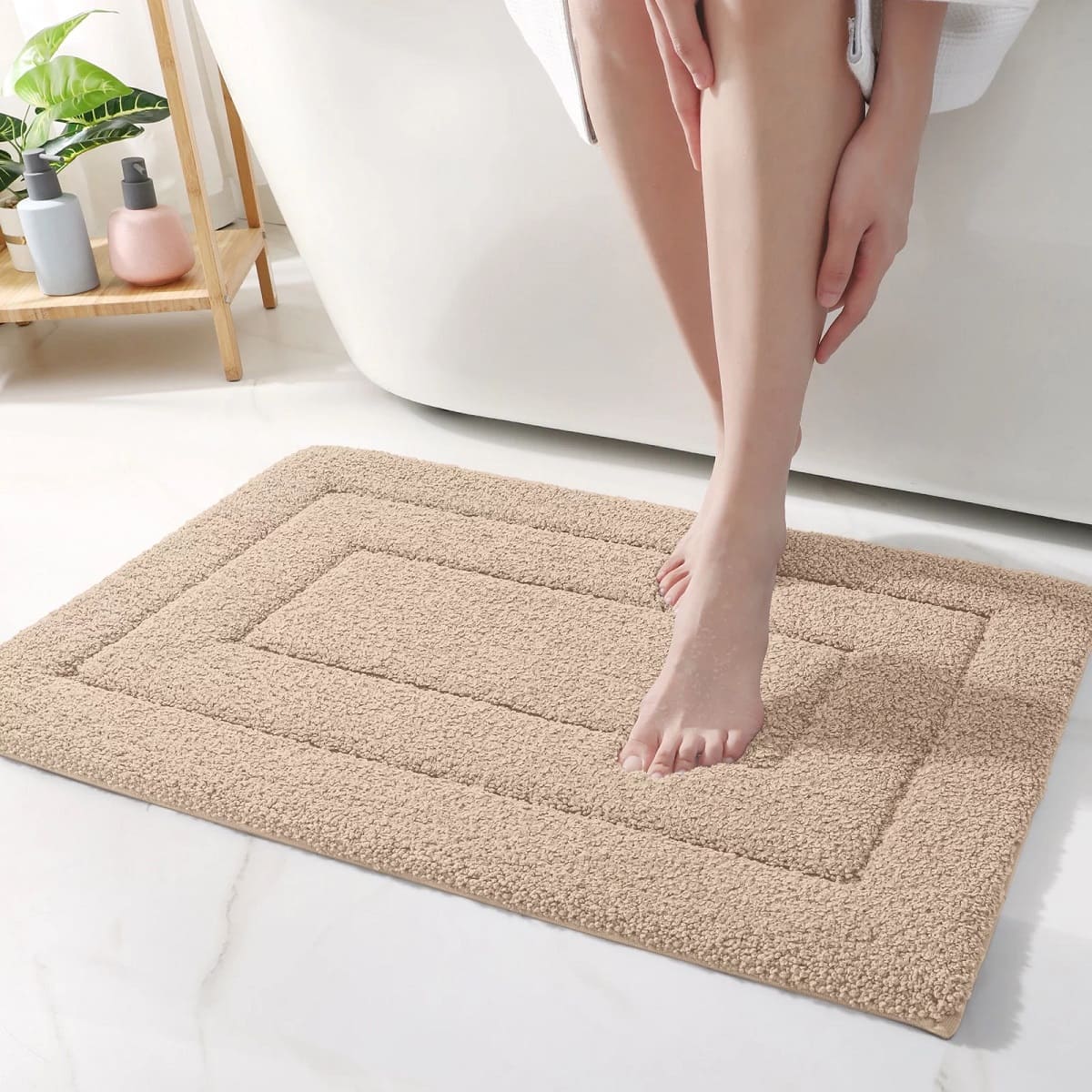
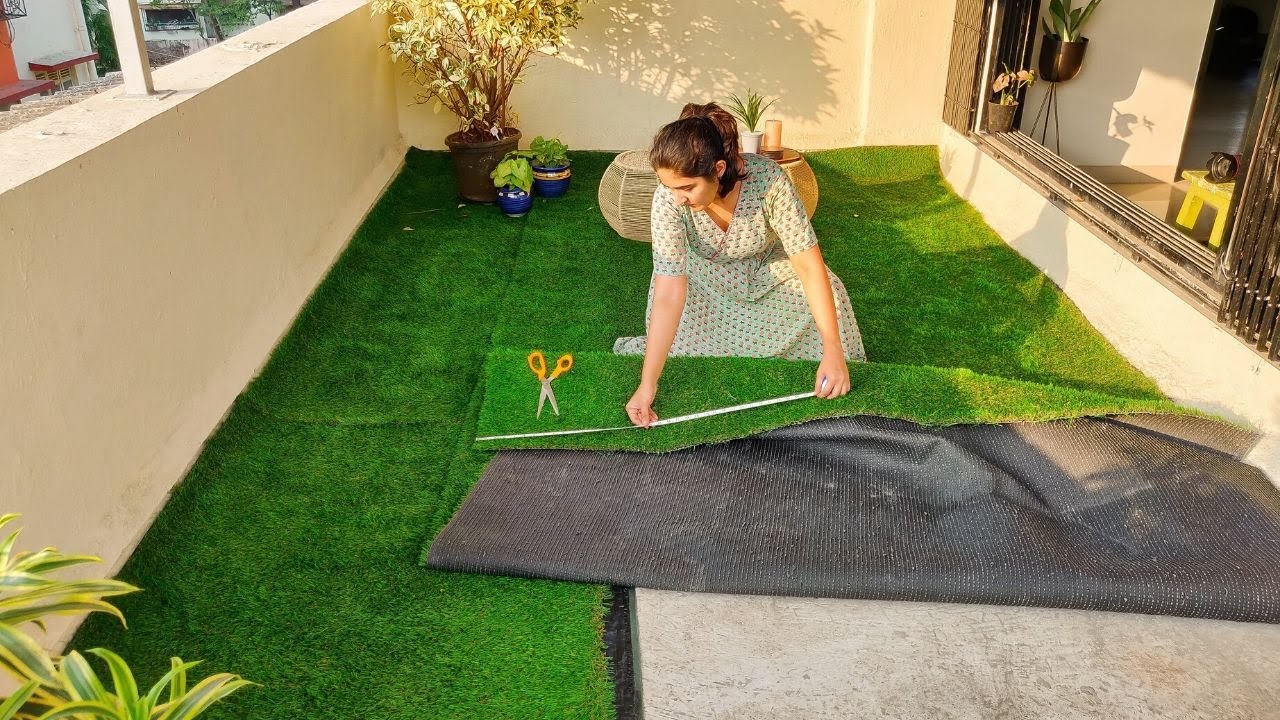
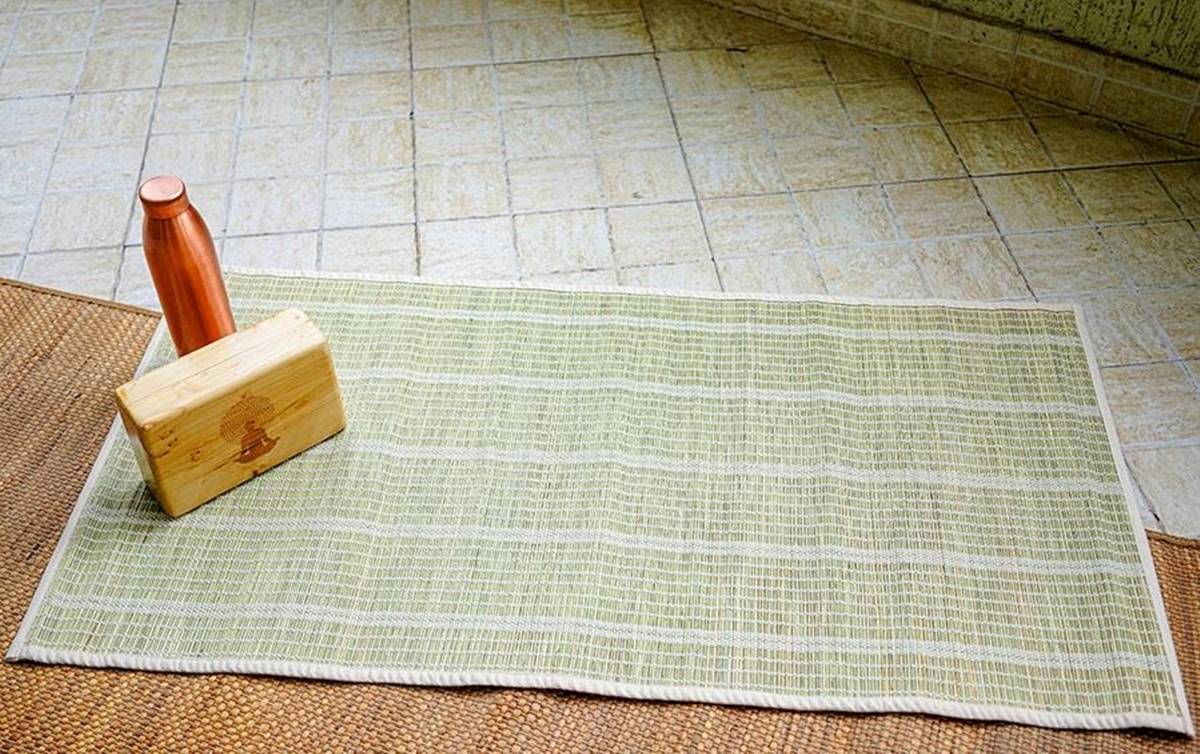
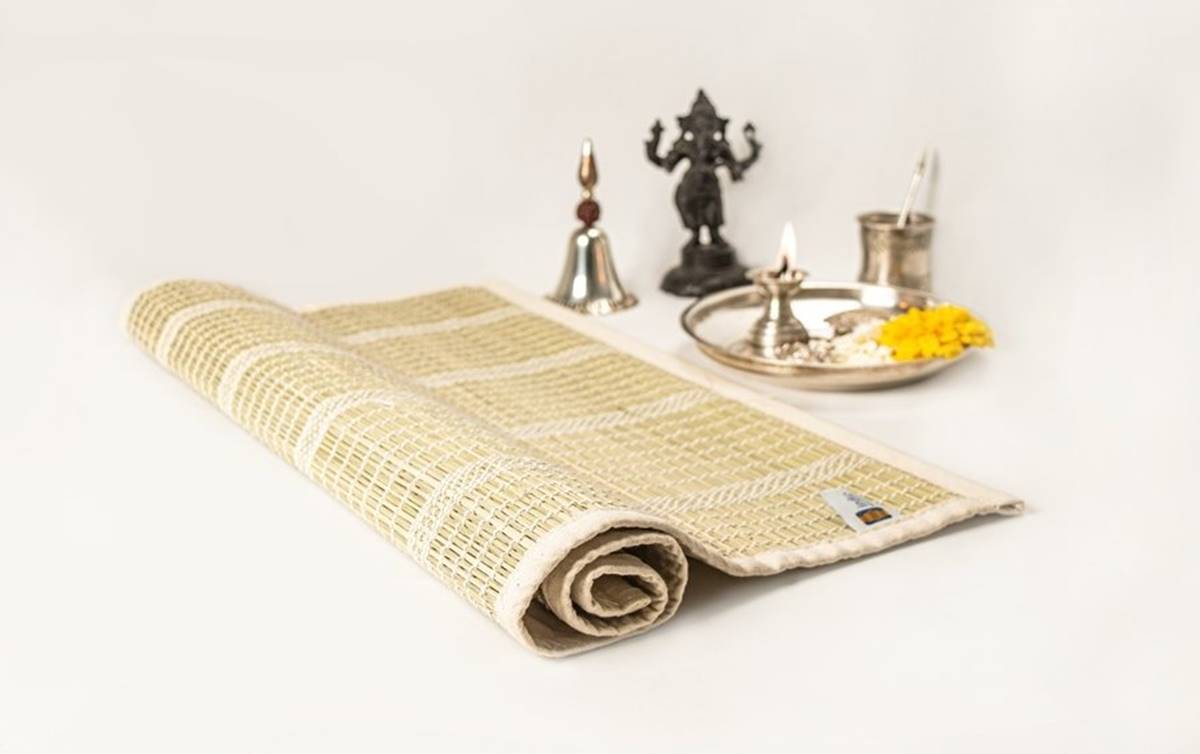

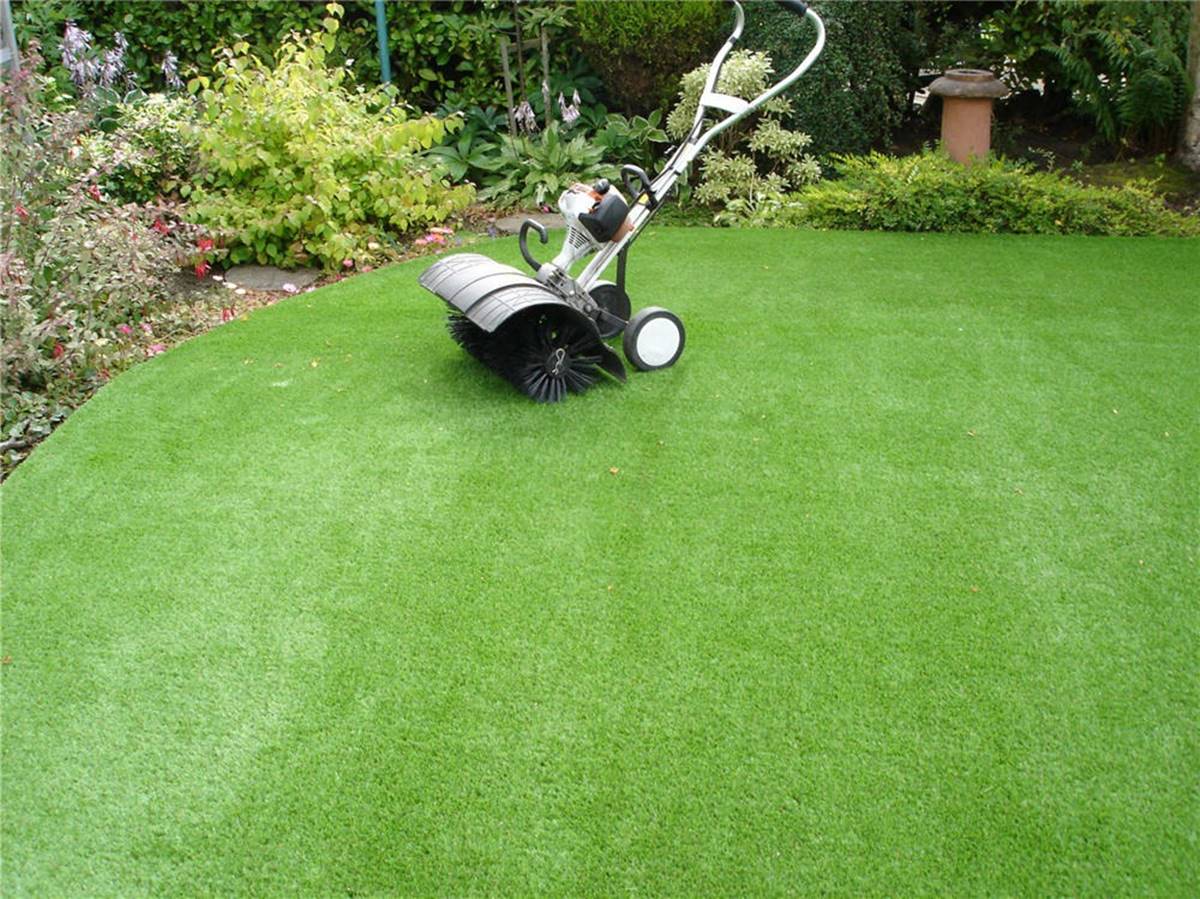
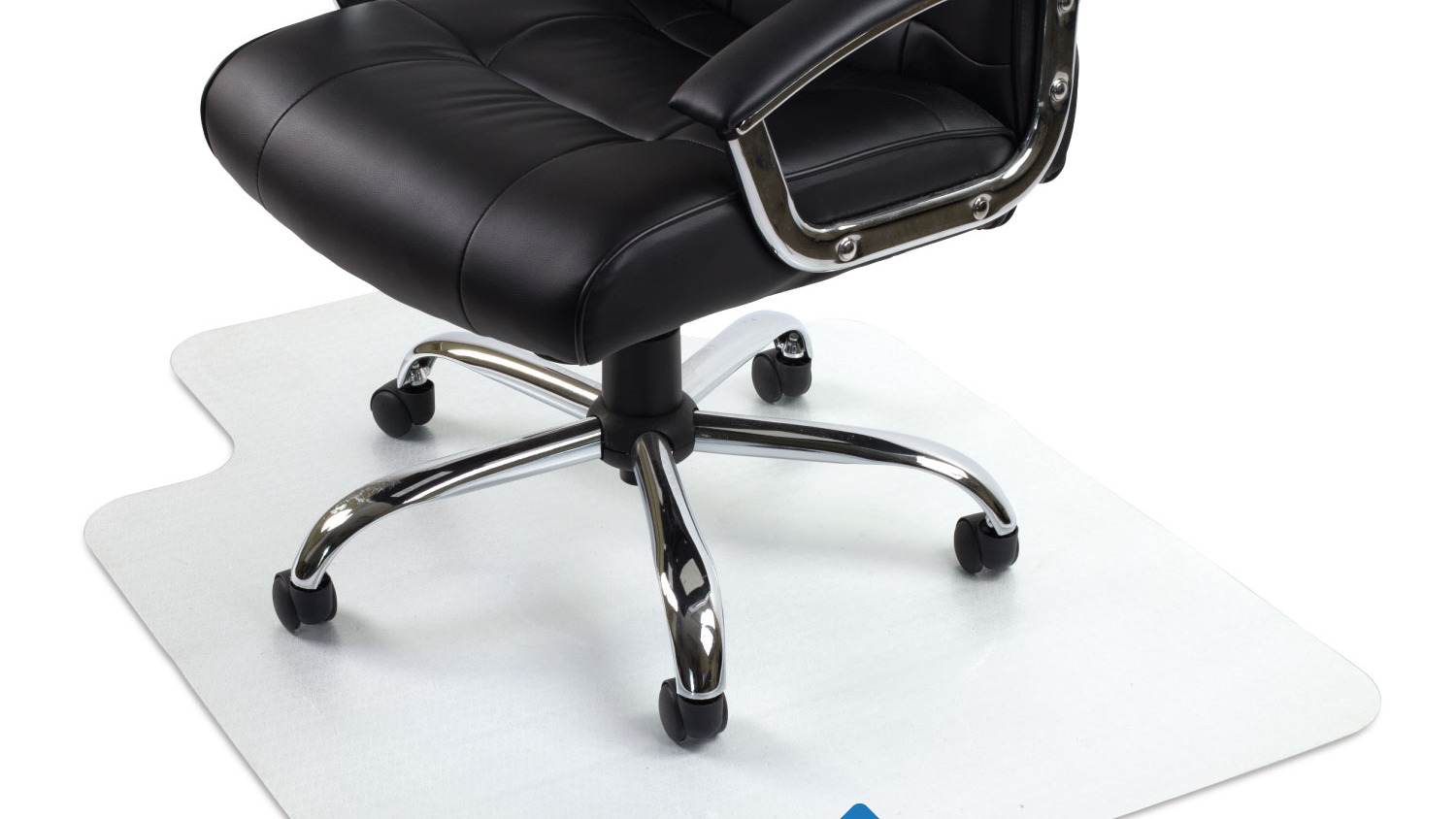
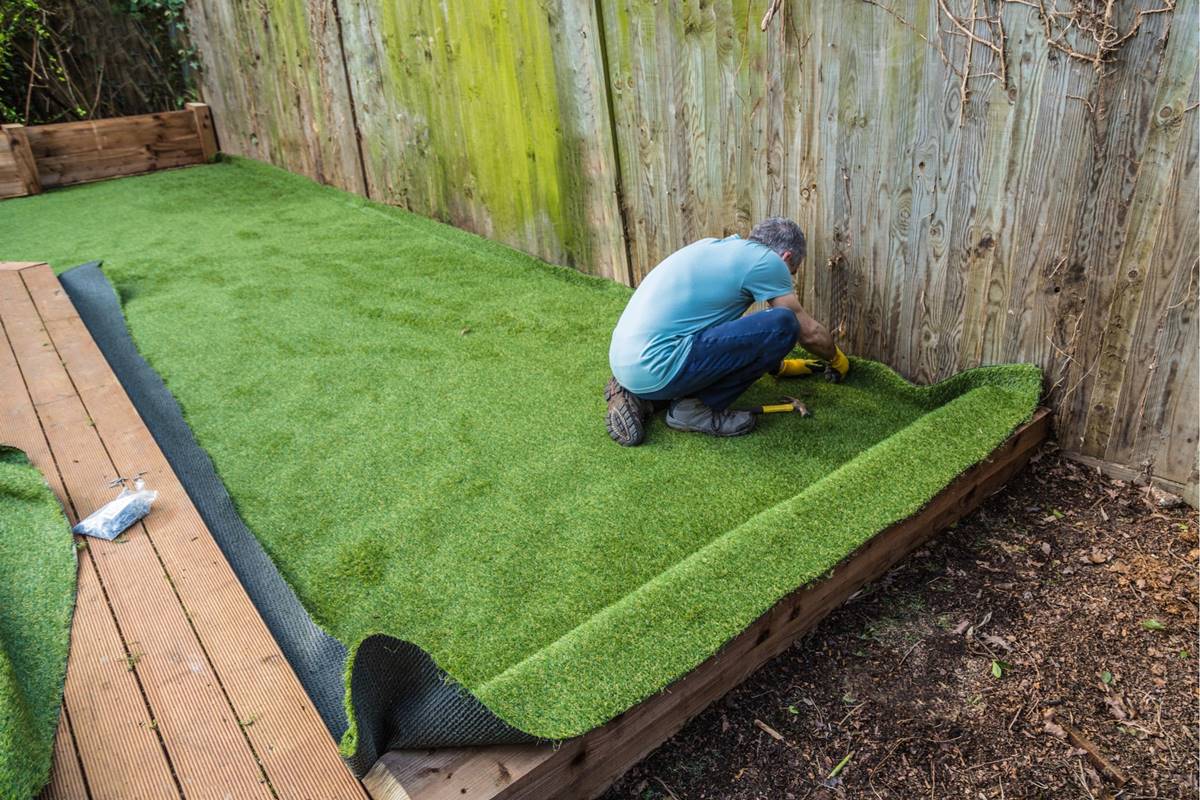
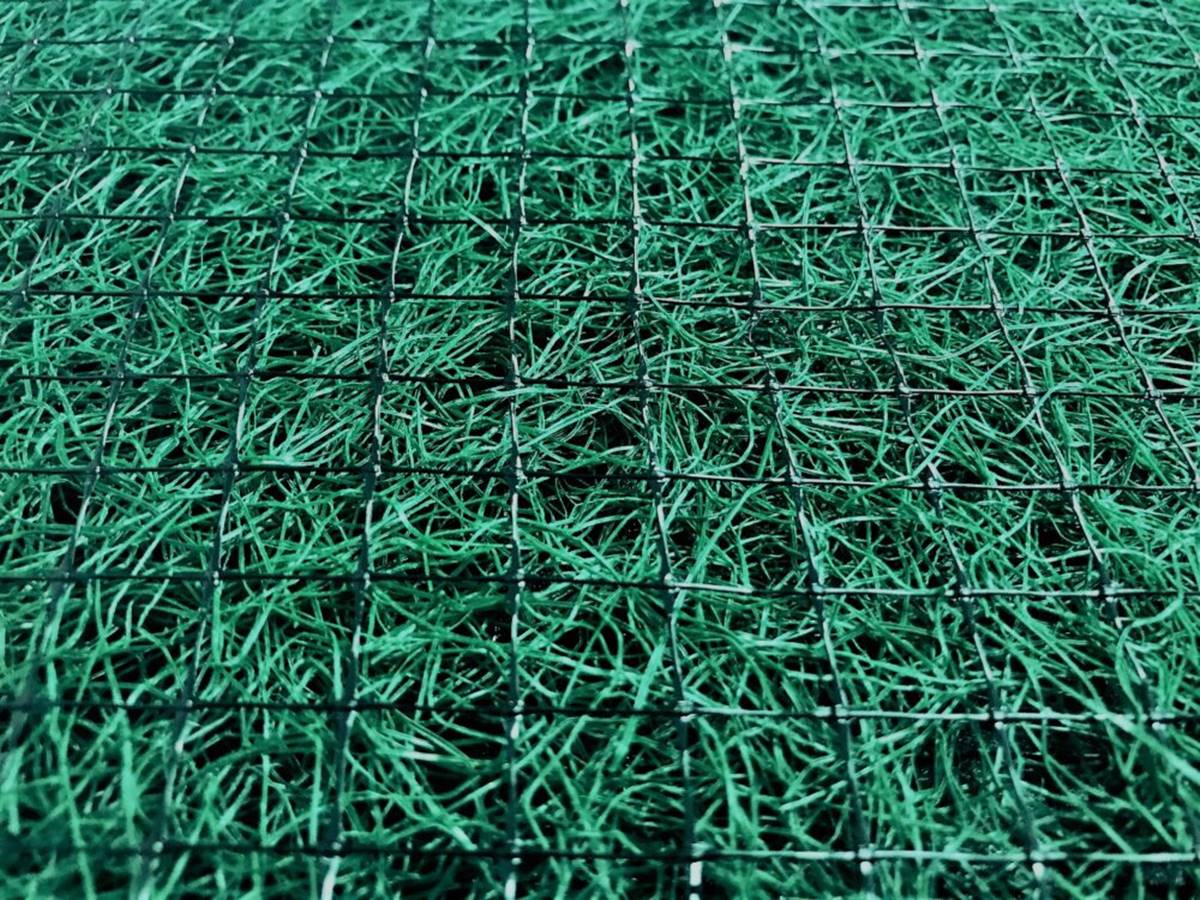
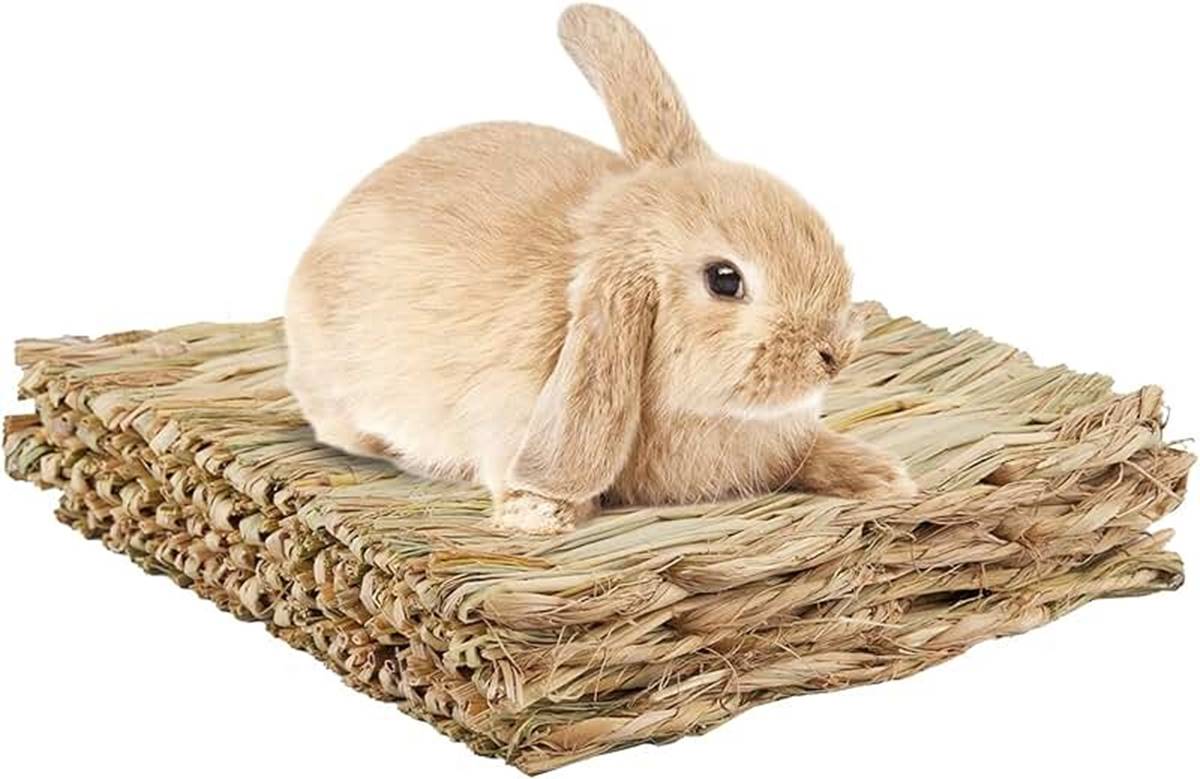
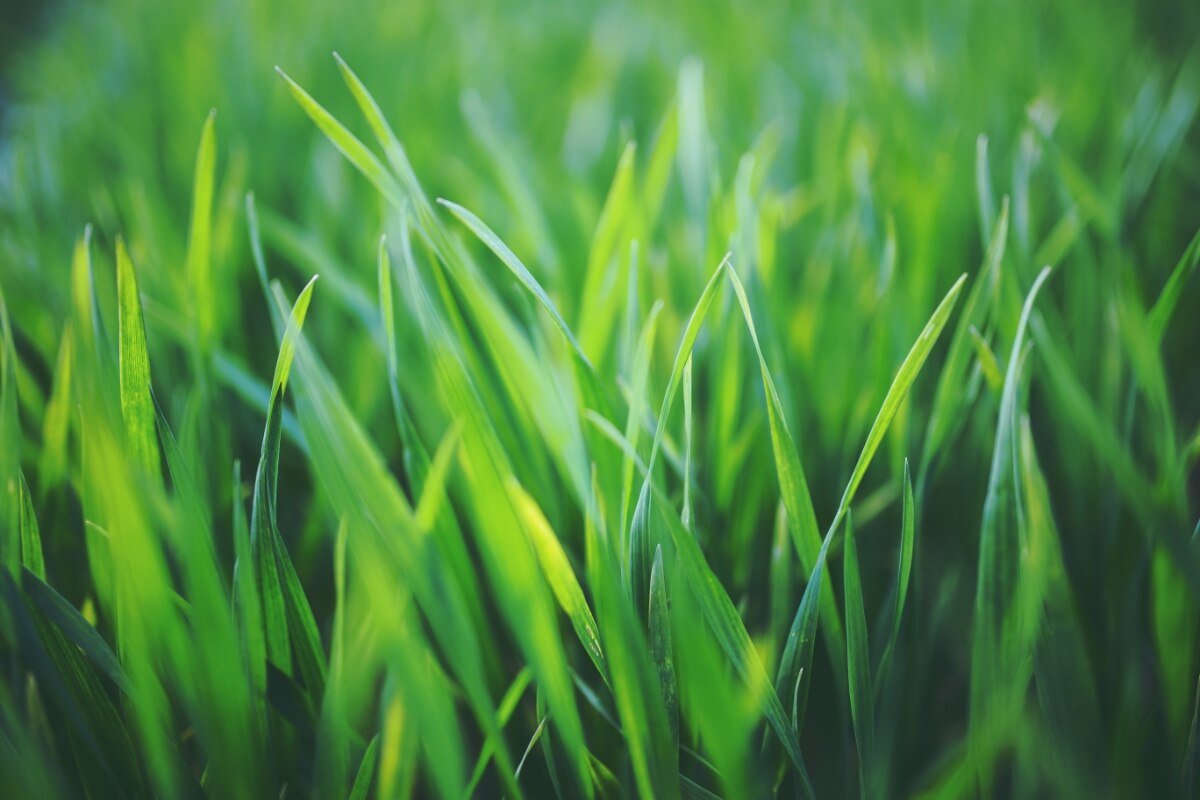
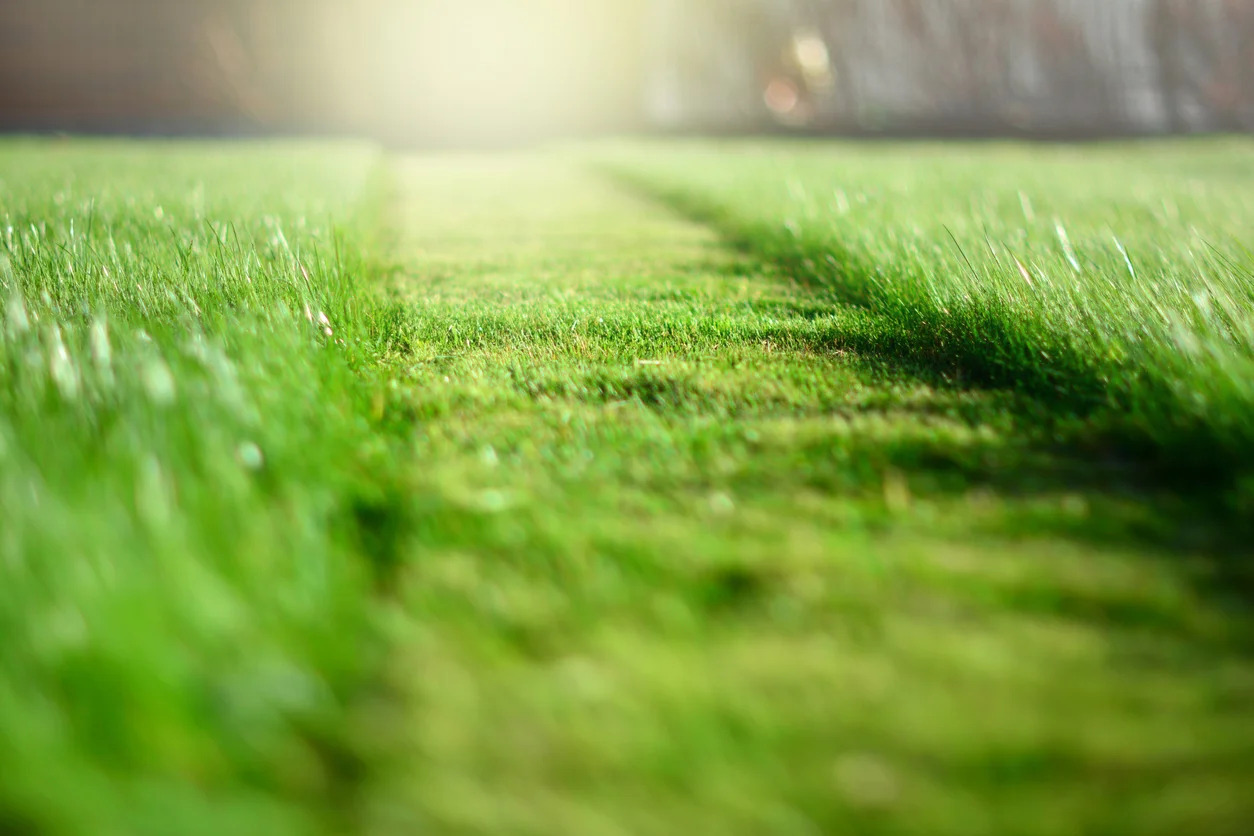
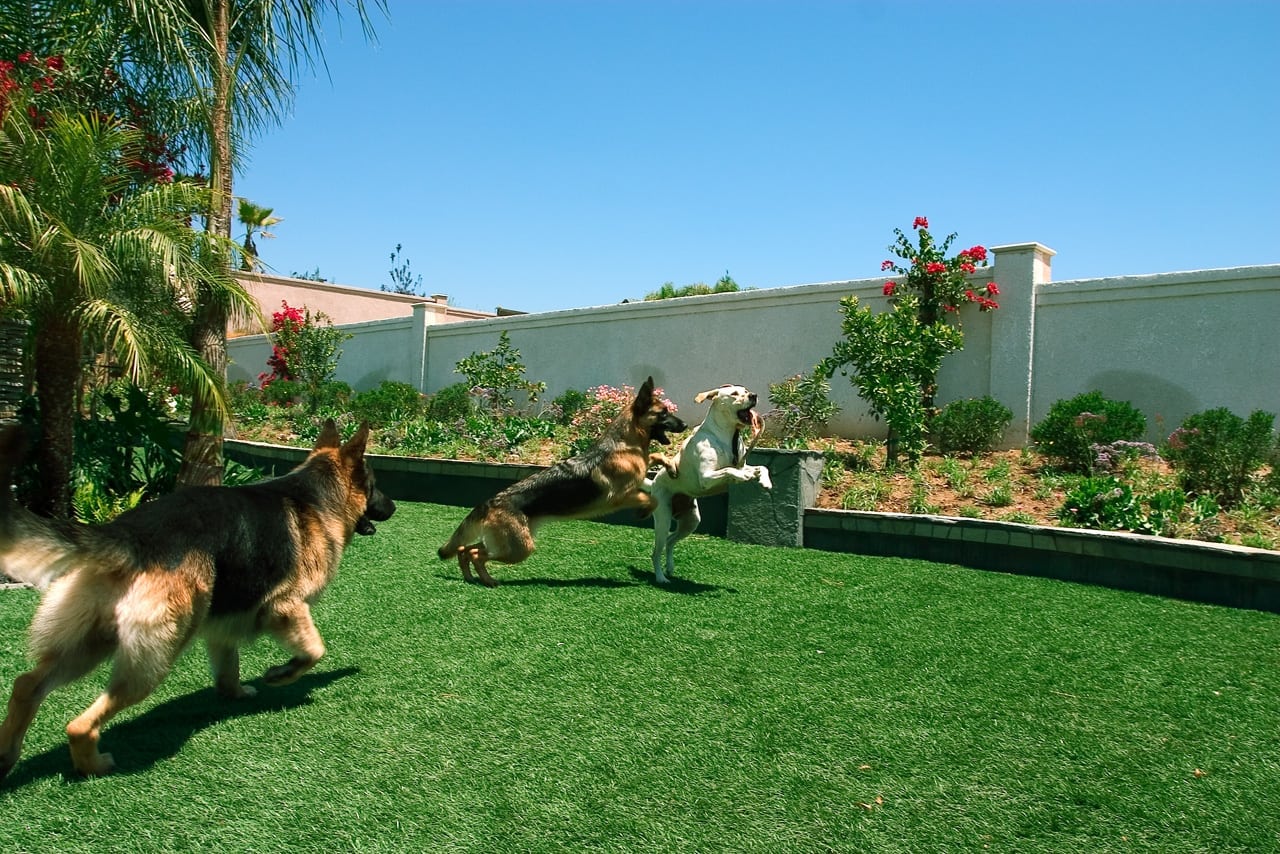
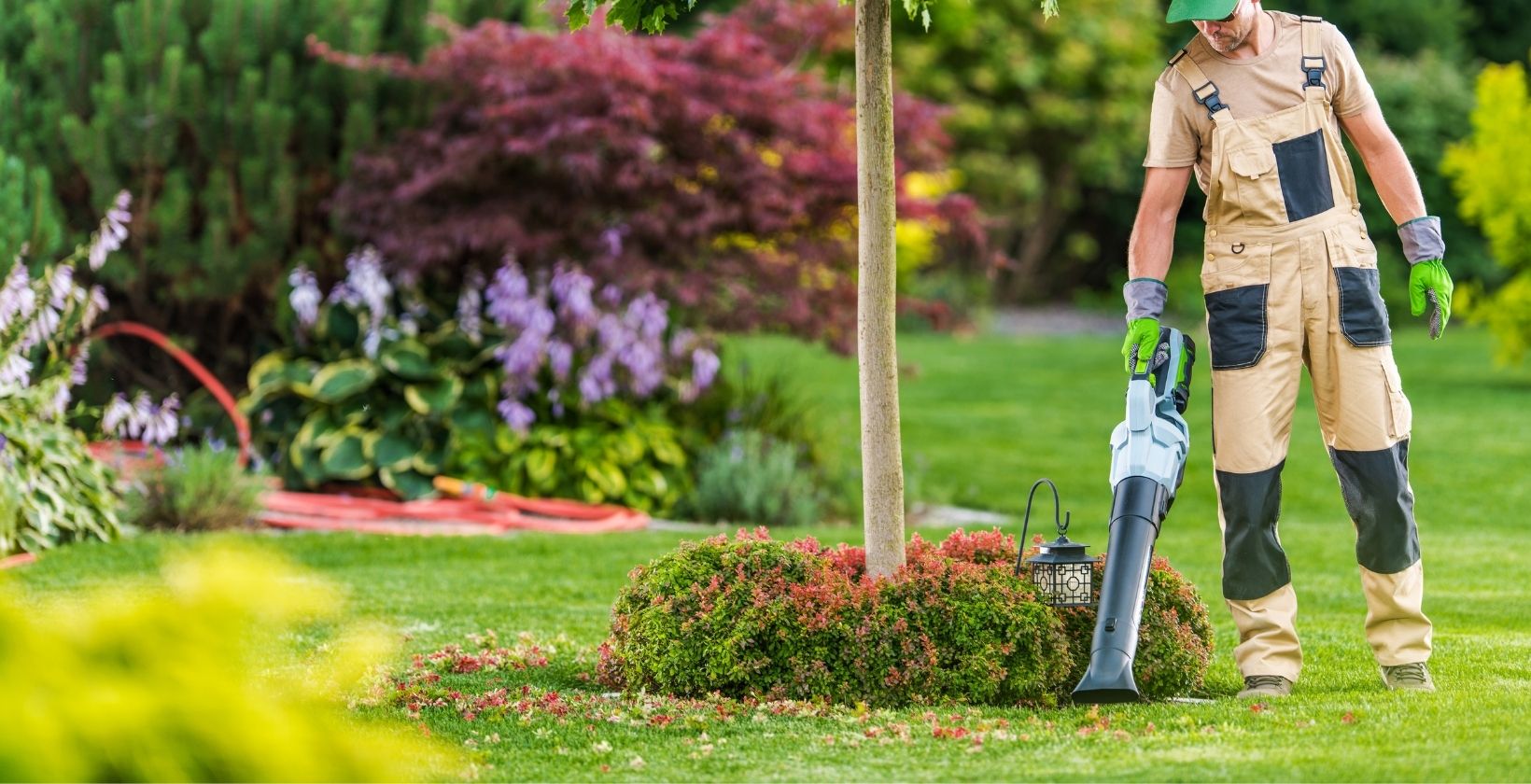

0 thoughts on “How Long To Keep Grass Mat On”